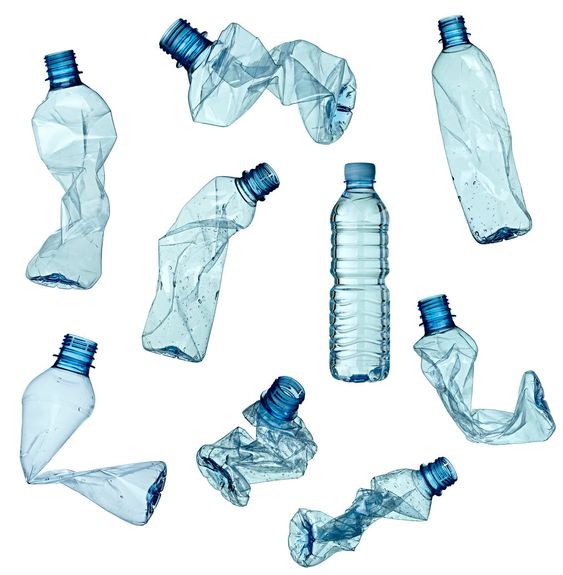Do you know what you're wearing?
Come on, if you don't know, let's take a short journey with you! Let's see and get to know what this polyester is.
Everything started with an atom... Anyway, let's not go back that far. Briefly, the production journey of polyester is as follows: after the oil is extracted from the earth, it is transported to the refineries through large pipes. There it is broken down into small molecules by exposure to heat, high pressure, solvents and catalysts. After several chemical processes, PET (polyethylene terephthalate) is formed.
Let's also make a note here: PET is also the type of plastic used in the production of plastic bottles). So are we wearing plastic bottles then? Not exactly, but it is possible to recycle plastic bottles into polyester and produce our clothes, and it is a process implemented in the industry.
Anyway, let's continue on our way. The liquid substance resulting from the formation of PET through the polymerization process is turned into plastic particles. To make polyester fibers, these particles are melted and go through several processes. These fibers are converted into polyester yarn, It is wound on reels and is now ready to be woven into fabric. Afterwards, we see polyester in the clothes we wear, the accessories and home products we use and in many other places. When you look at the label of your clothing, you can see how much polyester is used in your clothing. Generally, what we wear is not 100 percent polyester; It is used by mixing it with natural fibers such as wool, linen and cotton.
One thinks, "If it is so intertwined with us, then it is better." Let's add the result from a report here. Polyester is the most used fiber type in the world. It constitutes half of this market and 80 percent of synthetic fibers, which is a really large proportion when we look at it. Of course, it is not in vain that polyester is frequently used in the clothes we wear because it has many advantages, but we cannot ignore the damage it causes to the environment and living things. Let's briefly talk about the bright and dark sides of polyester here, and let you decide whether it is good or bad.
The story of polyester began in the 1900s, and its use in textiles increased in the 1950s. They called it a "miracle fabric" in the 1970s because it could be worn for 65 days without ironing. That's the case now too, because polyester is wrinkle resistant. In addition, it is light, dries quickly, can be shaped easily, takes color more easily than natural fibers (e.g. cotton), is stain-resistant and can be easily cleaned, and is not affected by organisms such as fungus and mold. It is not for nothing that brands prefer it; of course, one of the most important reasons for their preference is that it is economical and can be obtained more easily compared to natural fibers.
We are more or less familiar with polyester. Now let's think together, is polyester good or bad? Marking it as good or bad may not be a fair result without comparing it with other synthetic and natural fibers.
As with everything else, polyester has its advantages and disadvantages together. But at least we are now aware of where the clothes we wear come from and their impact, polyester is no longer a stranger to us.
Best regards
Principle



